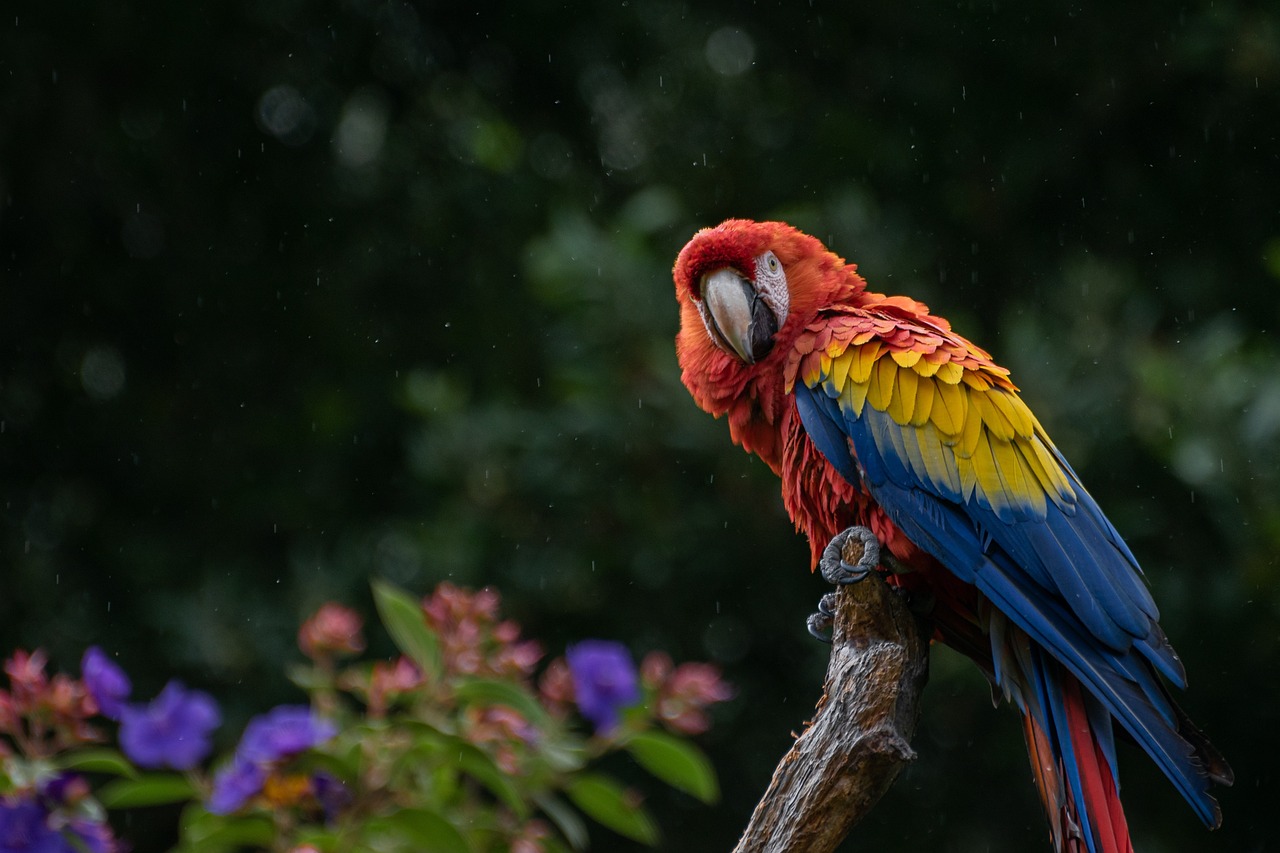Shaping Futures One Beak at a Time: Parrots as Therapy Animals
Parrots, known for their vibrant plumage and exceptional gift of mimicry, have transformed from exotic pets to commendable therapy animals. Over the past decades, therapists have begun to appreciate parrots’ unique attributes, with substantial research demonstrating their positive influence on human mental and emotional health.

Feathers of History
Parrots as therapy animals is not a new concept, it can be traced back to ancient times. Historic texts reveal that the indigenous people of South America, where many parrot species originate, understood their unique therapeutic value. It was during the 20th century, particularly after World War II, that this concept was gradually introduced into western society, when parrots were observed to have a calming impact on war veterans and Holocaust survivors. In the early 2000s, empirical studies began to document the positive psychological effects of these avian companions.
Today’s Tune: Current Scenario
In the modern era, parrot-assisted therapy borrows from the success of dog-assisted and cat-assisted therapies, but offers a unique selling point – their ability to engage in pseudo-human conversations. The birds’ mimicry provides a captivating and interactive experience, instrumental when dealing with trauma and emotional disorders. They are being incorporated into therapy sessions in schools, hospitals, and mental-health clinics across the United States.
Feathered Impact: Market and Pricing
The rising popularity of parrots in therapy has introduced a new niche in the pet industry. Demand for these therapeutic birds has been increasing in pet stores and online platforms, with a subsequent rise in their price. Costs vary depending on the species - a Conure may set you back $200, while an African Grey can fetch up to $2,000. This upswing in parrot commerce has opened new markets for parrot toys, food, and habitat accessories, boosting the annual revenue of the pet industry.
The Tweet of Science: Research-Backed Benefits
Modern research backs the anecdotal claims of parrots’ therapeutic value. A study in the American Journal of Geriatric Psychiatry indicated that interaction with parrots led to significant improvements in dementia patients’ mood and social interaction. Researchers at Griffith University found that parrots could reduce stress and improve mental well-being in young adults. The bird’s empathetic demeanor and ability to respond to human emotion set them apart as therapy animals.
Reading Between the Lines: The Balance of Depth and Accessibility
Parrots as therapy animals does carry complexities. Legal and ethical issues surrounding the capture and trade of these beautiful birds make it a topic of debate. Yet, despite complexities, the emergence of parrots as therapy animals is an engaging subject—distinct in its approach, backed by research, and providing a new perspective on the therapeutic potential of pets.
Wrapping Up
The shift in society’s paradigm—viewing parrots not merely as a source of entertainment, but as integral to human therapy—is intriguing. These colorful, intelligent birds are shaping a brighter future for both public health and their species, opening up a world where humans and animals can mutually benefit from each other. This fresh and original perspective on parrots symbolizes the constantly evolving relationship between humans and animals, re-emphasizing the need for our understanding and respect towards all creatures who share our planet.




